Charles Manson did not kill people with his own hands, yet his name has become synonymous with terror. The leader of the "Family" cult managed to convince his followers to commit brutal murders that shocked America. In the late 1960s, when the hippie counterculture preached love and freedom, Manson used these ideas to create his dark philosophy.
He was not just a criminal — he was compared to a prophet, a madman, and a manipulator capable of subjugating people to his will. What made him so influential? Why did the "Family" commit murders? And who was Manson himself — a ruthless killer or a victim of circumstances? The answers to these questions are in our article.
Charles Manson's Childhood and Youth
Charles Manson was born on November 12, 1934, in Cincinnati, Ohio. His mother, Kathleen Maddox, was only 16 years old. His father did not participate in his life — he disappeared when he found out about the pregnancy. The boy received the surname of his mother's second husband, but the family did not work out.
Kathleen led a disorderly lifestyle, often disappearing in bars, leaving her son with relatives. Soon she was imprisoned for robbery, and Charles was sent to a foster family. After her release, his mother returned for him, but could not provide a stable life. They constantly moved, living in poverty.
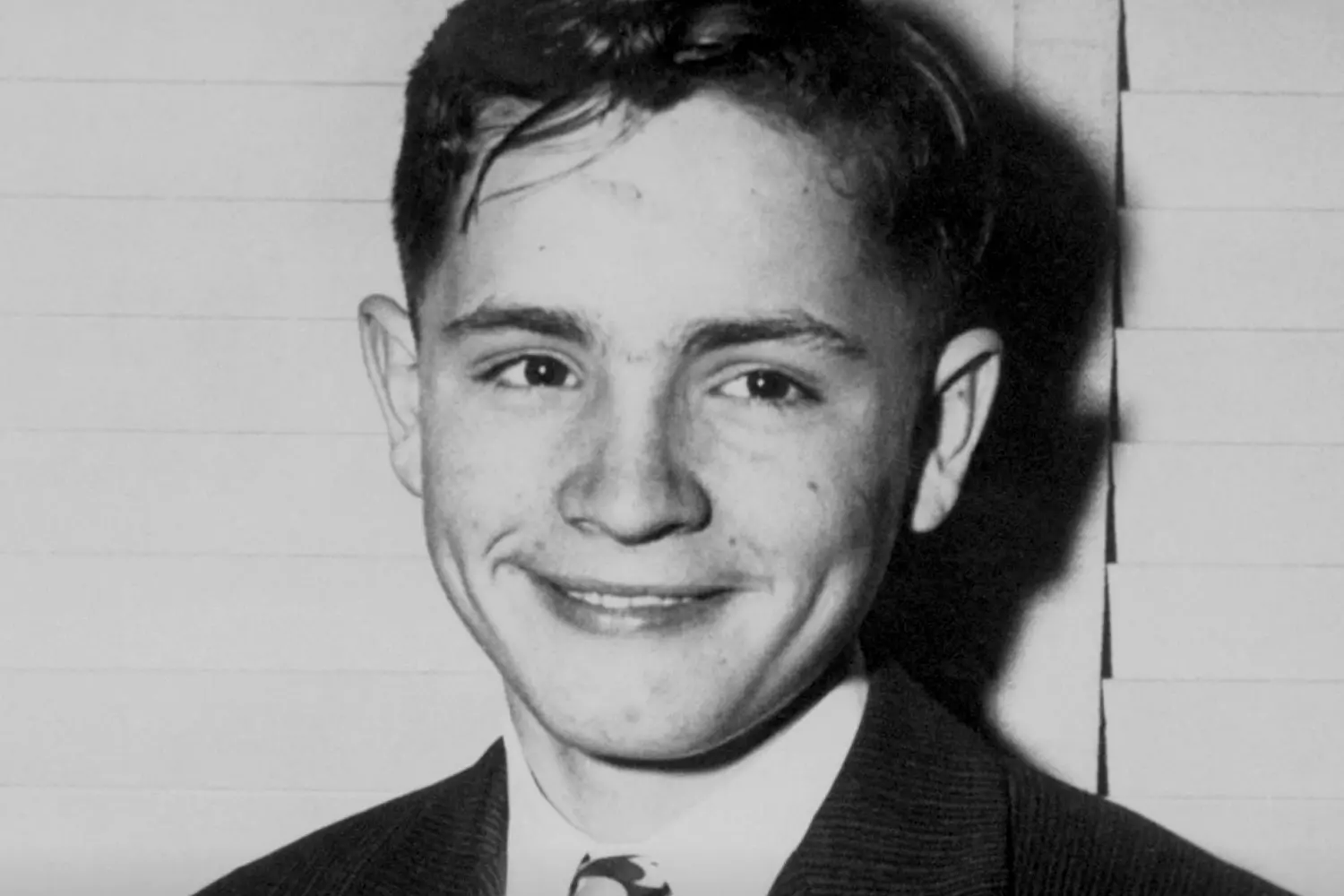
Even as a child, he developed behavioral problems. He stole from stores, ran away from home, and forged documents. He was sent to correctional facilities several times, but each new place only hardened his criminal tendencies. There he learned to manipulate people and learned that in a cruel world, the one who is more cunning wins.
By the age of 17, Manson already had a solid criminal record. He committed thefts, stole cars, and used forged checks. Attempts to correct his behavior were unsuccessful — after each release, he ended up behind bars again. The school of the criminal world turned out to be more attractive to him than ordinary life.
The Creation of the "Family" Cult
Charles Manson was released from prison in 1967. By that time, he had spent almost half his life behind bars. He had no money, no stable job, but he understood human nature well. In the years spent in correctional facilities, he learned to manipulate people. Now he decided to use these skills in a new world — among the hippies who preached freedom and rejected traditional values.
He arrived in San Francisco, where he quickly found like-minded people. Among the youth were many who were searching for the meaning of life, trying to escape the pressure of society, or simply did not know where to go next. Manson knew how to speak beautifully and impressively. He talked about love, enlightenment, and the spiritual path, but gradually led to the idea that true freedom could only be found with him.
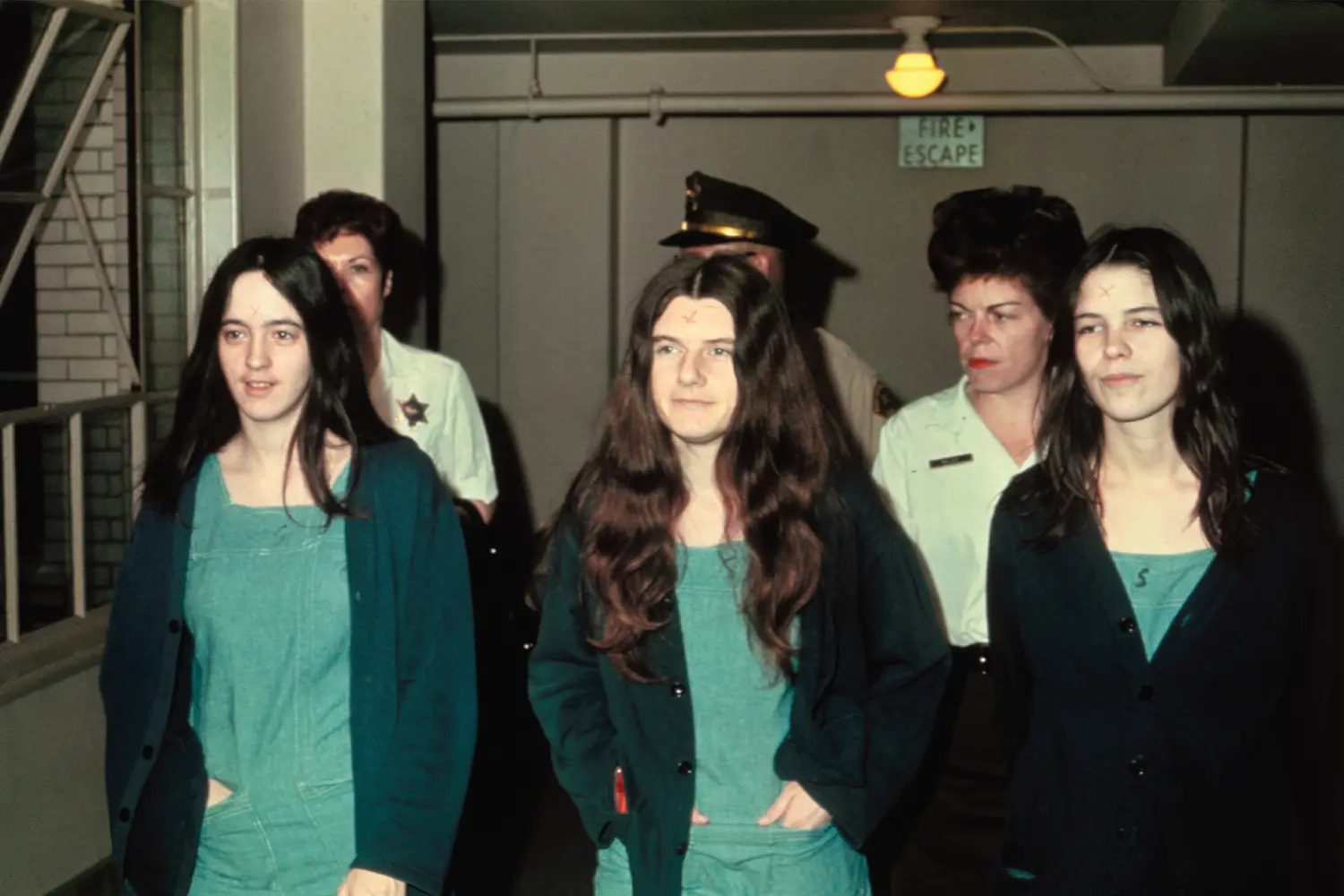
Many girls saw him not just as a leader, but almost as a divine figure. They were ready to obey, carrying out any orders. The men he attracted also found themselves completely dependent on his words. Thus, a group was formed, which would later be called the "Family."
Soon they moved to Southern California. Their main base became the Spahn Ranch — an abandoned place where Westerns used to be filmed. Here, Manson's followers lived by his rules. They rejected property, took drugs, listened to his "sermons," and lost touch with reality.
Charles convinced them that the world was on the verge of a great war, and only the "Family" could survive. He said that a catastrophe was coming, after which power would be in the hands of the chosen ones. His words were not questioned. People believed that he possessed higher knowledge and were ready to carry out any of his orders.
Subcultures of the 1940s-1970s in the USA: From Beatniks to Hippies
Crimes That Shocked America
Charles Manson did not kill himself, but he convinced his followers that they had to act in the name of a great cause. He said that the apocalypse was coming, in which a war between races would begin. The "Family" had to accelerate this process by committing murders and leaving traces that would point to African Americans.
On the night of August 8-9, 1969, several members of the cult went to a villa at 10050 Cielo Drive in Los Angeles. Actress Sharon Tate, the wife of director Roman Polanski, lived here. At that moment, she was nine months pregnant. Three other people were in the house — stylist Jay Sebring, screenwriter Wojciech Frykowski, and coffee empire heiress Abigail Folger. Polanski was in Europe at the time.

The killers broke into the house and brutally dealt with the victims. Sharon Tate begged for her child's life to be spared, but this did not stop the criminals. They left blood-stained inscriptions on the walls, including the word "Pig."
The next day, the "Family" committed another murder. Leno LaBianca, a supermarket chain owner, and his wife Rosemary became their victims. They were killed with particular cruelty. The word "War" was carved on Leno's body, and bloody inscriptions were again left on the walls.
After these events, panic gripped Los Angeles. People were afraid to leave their homes, and wealthy families installed alarms and bought weapons. The police could not find any connection between the murders for a long time, and Manson himself remained in the shadows, not attracting attention.
Later, it turned out that he personally chose the victims and gave instructions, but never participated in the attacks. He controlled people so much that they committed crimes without doubt or fear. This brutal night massacre became one of the most famous crimes in U.S. history and still remains a symbol of the end of the hippie era.
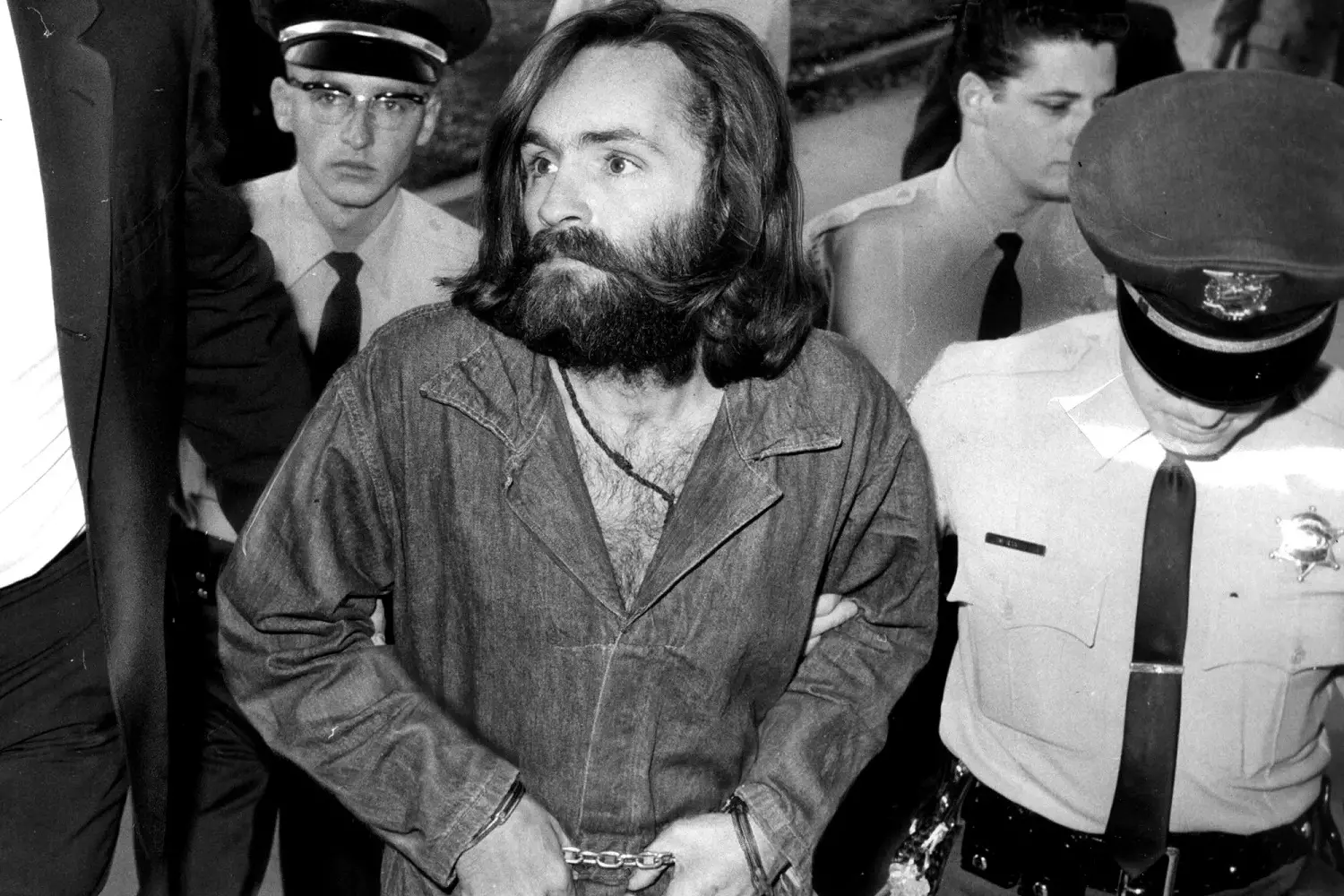
Trial and Imprisonment
Charles Manson and his followers were arrested in late 1969. Initially, they were detained for car theft, but soon the police found evidence of their involvement in a series of murders. The main witness was Vincent Bugliosi — the prosecutor who managed to build the case, even though Manson personally did not kill anyone.
The trial began in June 1970 and quickly turned into a real show. Manson behaved defiantly — interrupting the judge, threatening, and mocking the process. His followers came to the courtroom with shaved heads and crosses carved on their foreheads. They sang songs, staged protests, and openly supported their leader.
Key moments of the trial:
- Manson attempted to attack the judge. Once, he grabbed a pencil and rushed at the judge, shouting that he should be executed. The security stopped him at the last moment.
- He demonstratively carved a cross on his forehead. Later, his followers did the same to show their loyalty.
- Witnesses spoke of his influence. Former members of the "Family" talked about how he controlled them, forced them to obey, and completely changed their worldview.
In January 1971, the court found Manson guilty of murder and conspiracy to commit murder. Along with him, several of his followers — Susan Atkins, Patricia Krenwinkel, and Linda Kasabian — received the death penalty.
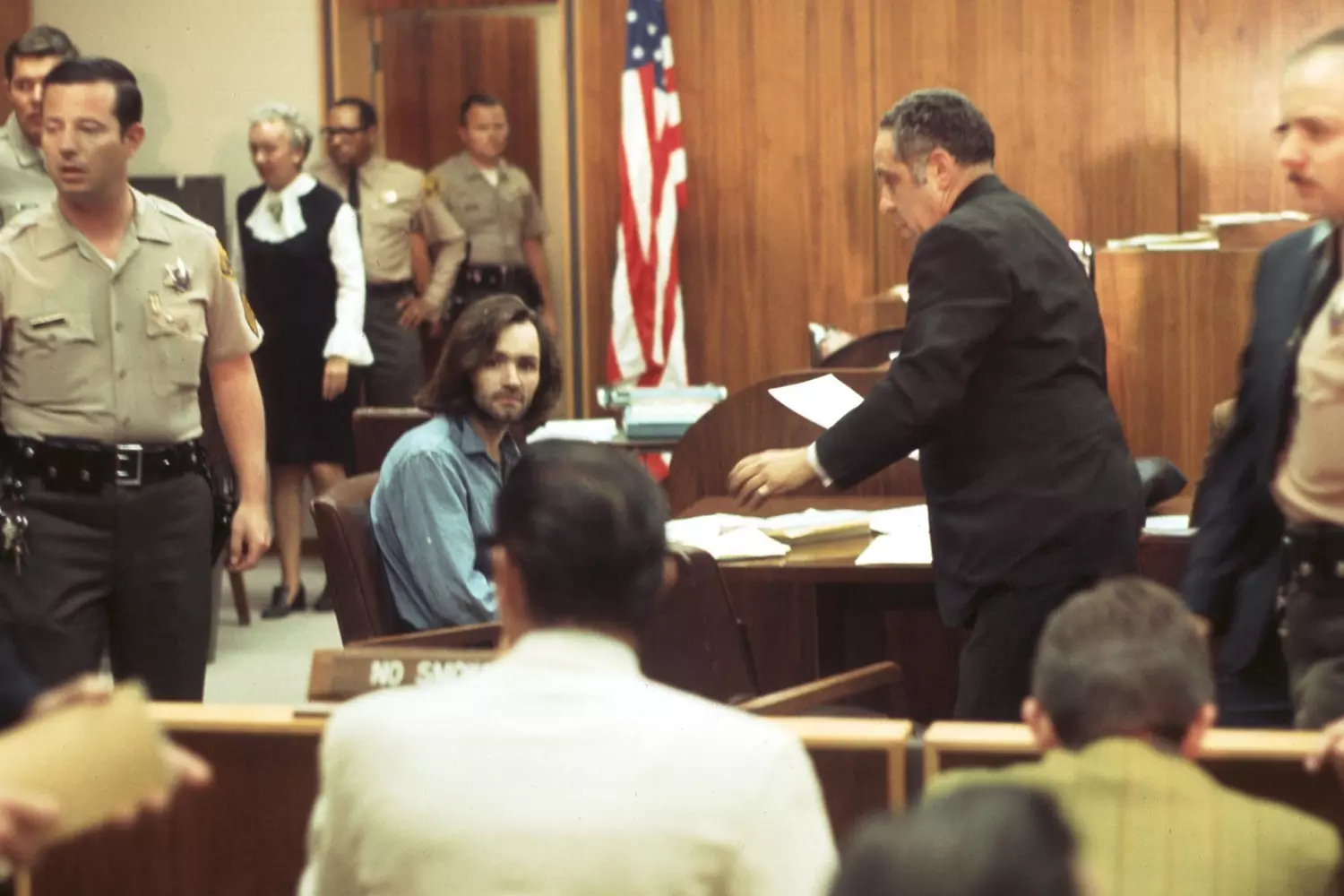
In 1972, the death penalty was abolished in California, and the sentence was commuted to life imprisonment. Manson was transferred to a maximum-security prison, where he spent the rest of his life.
In prison, he did not change. He continued to attract fans, gave interviews, and recorded songs. Occasionally, he staged protests — for example, went on hunger strikes or tried to set his cell on fire. He was repeatedly transferred from one prison to another, but nowhere did he remain a quiet prisoner.
Charles Manson died on November 19, 2017, at the age of 83. His name has forever remained in history as a symbol of cruelty and manipulation, and his crimes still cause controversy and discussion.
Manson's Image in Culture
The story of Charles Manson has left a deep mark on popular culture. His name has become synonymous with evil and madness, and his personality — an object for films, books, music, and even fashion. Many artists, writers, and directors have turned to his figure, portraying him as a demonic leader or as a result of a cruel social environment.
Films and TV series
Manson's image has appeared in dozens of films, from documentary investigations to fictional films. Among the most famous:
- "Charles Manson: Portrait of a Killer" (1976) — one of the first films to detail his life.
- "Helter Skelter" (1976, 2004) — an adaptation of the book about the investigation of the "Family" murders.
- "Once Upon a Time in Hollywood" (2019) — a Quentin Tarantino film where events unfold against the backdrop of Manson's crimes.
- "Mindhunter" (2019) — a TV series where one of the characters conducts an interview with Manson in prison.
Music
Manson himself wrote songs and tried to make a career in show business, but became famous for another reason. His name pops up in the lyrics of many musicians, and some were even inspired by his personality.
- Guns N’ Roses recorded a cover of his song "Look at Your Game, Girl."
- Marilyn Manson took his stage name, combining the surnames of Marilyn Monroe and Charles Manson.
- The Beach Boys reworked his song "Cease to Exist" and released it under the title "Never Learn Not to Love."
Books
Many books have been written about Charles Manson, among which the most famous are:
- "Helter Skelter" (1974) by Vincent Bugliosi — a detailed investigation of the "Family" crimes.
- "My Life with Charles Manson" (1979) by Paul Watkins — a story by a former member of the cult.
- "Charles Manson: Life and Times" (2013) by Jeff Guinn — a biography revealing his childhood, youth, and crimes.
Fashion and Art
Despite his crimes, Manson has become a cult figure for some subcultures. His face was printed on T-shirts, and paintings with his image sold for thousands of dollars. His quotes are often used in tattoos and graffiti.
Manson's image continues to cause controversy. Some see him as a monster, others — a symbol of the madness of the 60s, but almost no one remains indifferent.
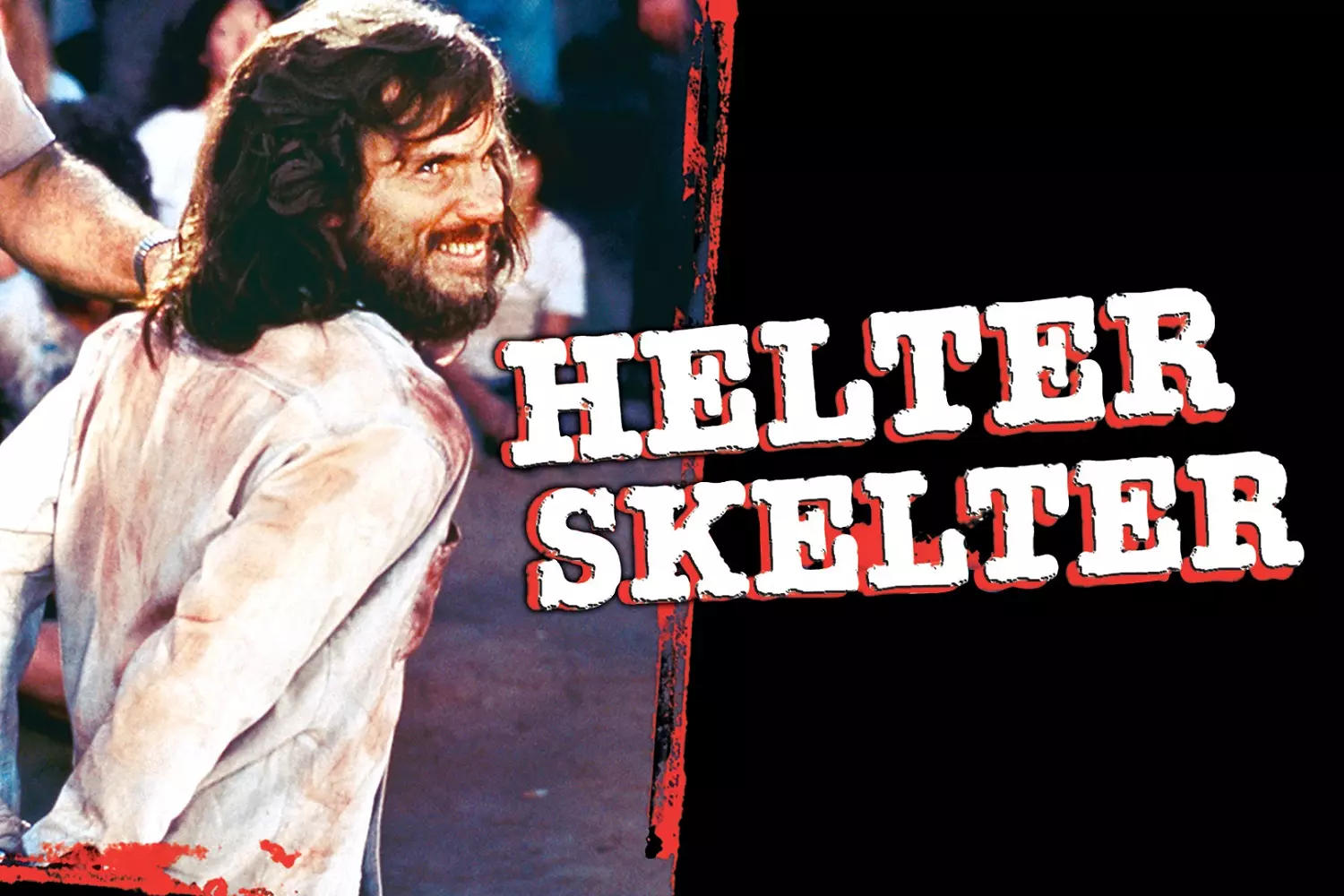
Charles Manson did not commit murders with his own hands, but his influence turned out to be much more dangerous. He managed to subjugate people, instill in them his insane idea, and turn them into ruthless killers. His name became a symbol of fear, and his crimes shocked America and changed the perception of a cult of personality.
Even decades later, Manson's story causes controversy. Some study his phenomenon from a psychological point of view, others consider it a consequence of an era when young people were looking for new paths and easily fell under the influence of charismatic leaders. His image still appears in films, books, and music, but behind this interest is always a reminder of what blind faith and a cult of violence can lead to.

































